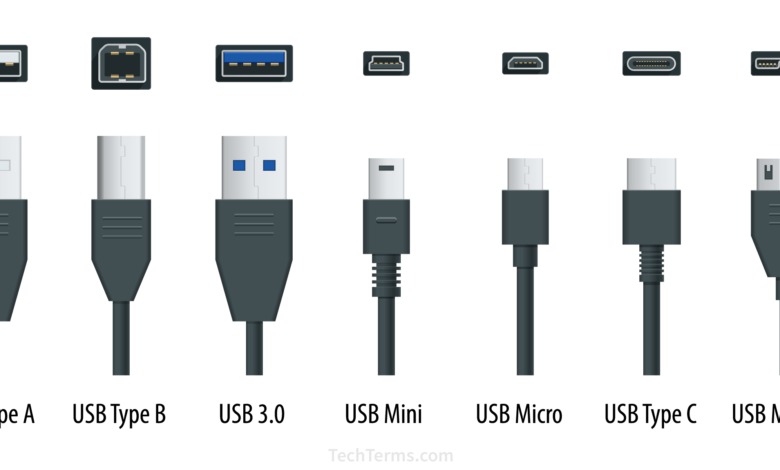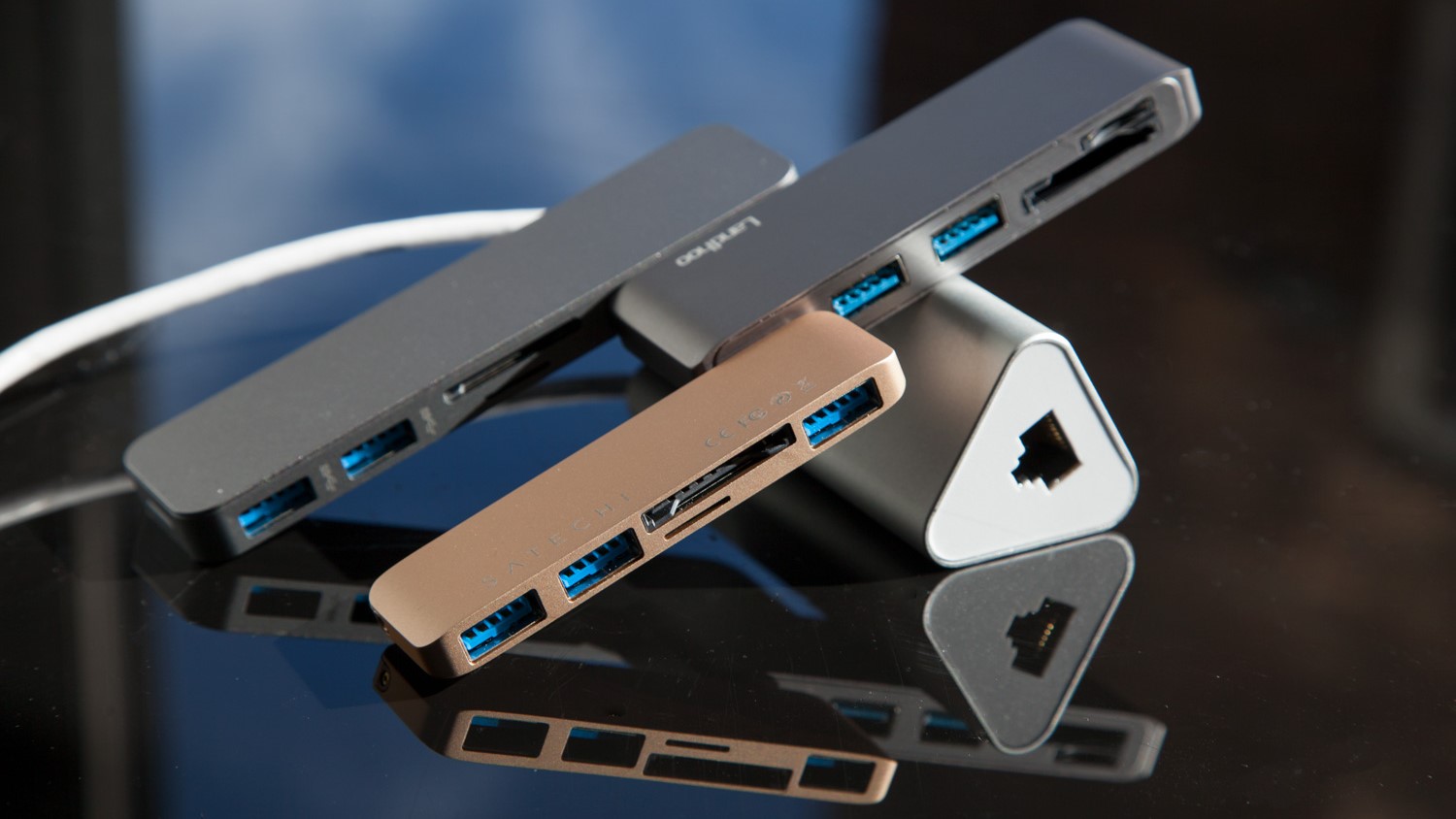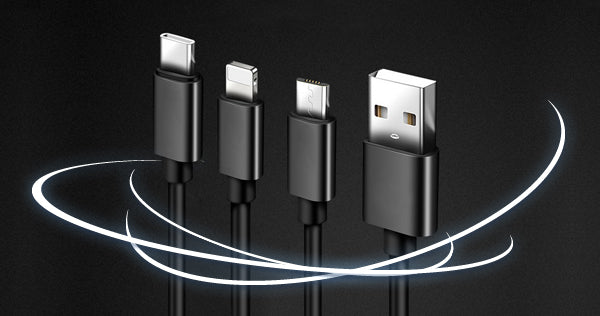
The evolution of connectors
The USB connections were initiated as part of the advent of computers and small PC hardware in the 1990s. They become standard adaptors eliminating the need for several different chargers. A USB connection is temporary and is provided with flat, resilient contacts able to withstand repeated use. USB cables work with most platforms and operating systems. They are quintessential for most consumer electronics and are low cost and easy to use. Most laptops or computers now have USB connections. We compiled a USB map to make reading the data below simple. The good news is that we finally have a solution: USB Type-C.
CIE editor Amy Wallington spoke to Peter Dent, the general manager of LEMO, about interconnectedness, particularly military aerospace and defence. Despite this, there has also taken place a massive technological shift in the aerospace industry. Everything must be smaller, lighter, and faster, which means connectors are more miniature, and the wiring must be. It aims to bring value to UK customers by providing a complete cable design and installation service. This approach ensures that it can minimize production costs and assembly and project turnaround times without compromising performance or quality.
The USB’s Connectors: history
In 1994, a consortium of seven businesses, including Compaq, DEC, IBM, Intel, Microsoft, NEC, and Nortel, began developing USB. The goal was to make connecting external devices to PCs radically easier by-
- substituting the plenitude of connectors at the tail of PCs
- declaiming usability issues with existing interfaces
- simplifying software configuration of all USB-connected devices
- allowing for higher data rates for external devices and Plug and Play features.
Ajay Bhatt and his team at Intel developed on the definitive; Intel manufactured the first USB-compatible integrated circuits in 1995.
The antecedent USB 1.0 standard, divulged in January 1996, specified data transmission speeds of 1.5 Mbit/s Low Speed and 12 Mbit/s Full Speed. They added draft designs called for a single-speed 5 Mbit/s bus, but the low speed to support low-cost peripherals with unshielded cables, resulting in a split plan with a 12 Mbit/s data rate predetermined for higher-speed devices like printers and floppy disc drives and a lower 1.5 Mbit/s rate for low-speed devices like keyboards, mice, and joysticks. In August 1997, Microsoft Windows 95, OSR 2.1 introduced OEM support for the devices.
The USB 2.0 standard was announced in April 2000, and the USB Implementers Forum (USB-IF) certified it at the end of 2001. Hewlett-Packard, Intel, Lucent Technologies (formerly Nokia), NEC, and Philips collaborated to produce a faster data transmission rate, with the resultant specification hitting 480 Mbit/s, which is 40 times faster than the original USB 1.1 specification.
The USB 2.0 standard was announced in April 2000, and the USB Implementers Forum (USB-IF) certified it at the end of 2001. Hewlett-Packard, Intel, Lucent Technologies (formerly Nokia), NEC, and Philips collaborated to produce a faster data transmission rate, with the resultant specification hitting 480 Mbit/s, which is 40 times faster than the original USB 1.1 specification.
On November 12, 2008, the USB 3.0 standard was announced. Its primary aims were to enhance data transfer rate (up to 5 Gbit/s), reduce power consumption, boost power output, and be backward compatible with USB 2.0: 3–1. Parallel to the USB 2.0 bus, USB 3.0 offers a new, faster bus dubbed SuperSpeed. As a result, the latest version is also known as SuperSpeed. In January 2010, the first USB 3.0 devices were introduced.
USB-IF submitted specifications for USB 3.1, USB Power Delivery 2.0, and USB-C to the IEC (TC 100 – Audio, video, and multimedia systems and equipment) in December 2014 for inclusion in the international standard IEC 62680 (Universal Serial Bus interfaces for data and power), which is currently based on USB 2.0. In July 2013, the USB 3.1 standard was published. In September 2017, the USB 3.2 standard was announced.
5 Benefits of Modern Data Connectors
While traditional BI and analytics tools provide a wide range of connectors for primarily SQL data sources, Logi Composer provides the most connectors for modern data stores (cloud data warehouses, Hadoop, NoSQL document store databases, streaming, and search engines), in addition to traditional SQL comparative databases and modern data warehouses.
A Logi Composer Smart Data Connector is a data retrieval microservice. Each Smart Data Connector is dedicated to converting abstract Logi Composer Query Engine query requests into native pushdown queries. Smart Data Connections vary from standard connectors in the following ways: They simplify dealing with extensive data, streaming data, and modern data platforms that are not SQL-native, such as Elasticsearch and MongoDB. Add segregation awareness for query optimizations, search engine awareness for qualitative analysis, and date/time field awareness for streaming analytics to your analysis experience. Scale and run autonomously to improve overall platform performance and availability. 
How USB Shaped the Future of Connectivity
Consider the early 1990s, when each device required its connection arrangement and hardware. IT administrators were required to match devices with computers using manual configuration settings and read the literature before purchasing the item. It may be incompatible with the motherboard installed on a particular system.
We now take gadget connectivity for granted. The ease with which you may attach a new device to your PC (from a camera to a sophisticated 3D printer) no longer necessitates any particular hardware or networking expertise. Many technological evolutions and inventions were necessary to get here. The USB revolution began in 1992 at IBM, and computer peripheral manufacturers have never looked back since.
Moving to USB 2.0 and USB 3.0
The implementation of USB technology has evolved dramatically over the previous two decades, and consumers may find it challenging to keep up with the most recent changes. USB 2.0 was a high-speed version (capable of transmitting 480Mbps), but USB 3.0 (introduced in November 2008) offered up to 5Gbps. Simultaneously, ports got smaller, resulting in USB 3.1 and type specifications to differentiate between port and device communication capabilities.
The evolution of USB as a charging port
As USB ports grew more widespread in computers, they also became the primary charging port for consumer goods. The USB-IF created two tiny form factor connections, Mini-USB and Micro-USB. These became popular in consumer devices like cameras and GPS units, but widespread usage in Smartphones in the 2010s gave the notion a push.
The Micro-USB connector is now often associated with a charging port. The advent of USB-C gives additional features and increased wattage, allowing it to power items such as laptop computers.
Article Proofread and Edited by Shreedatri Banerjee




